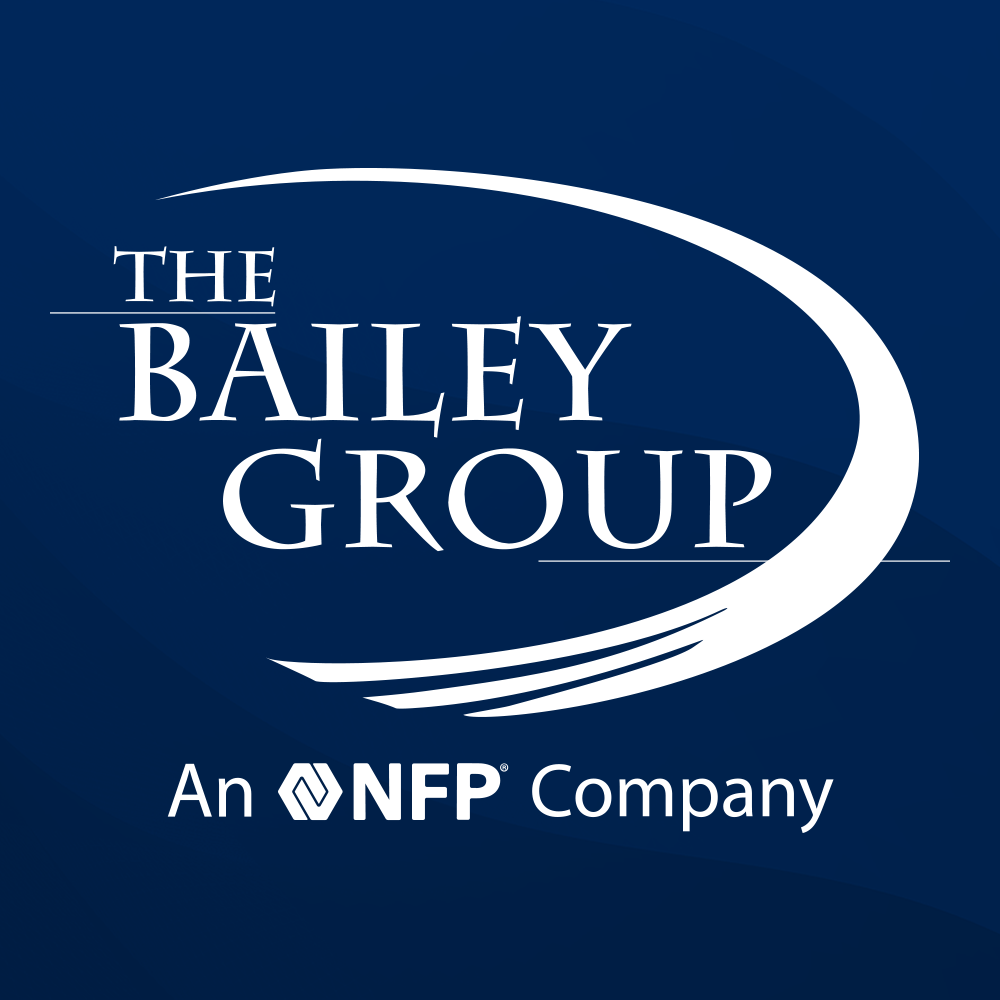You Say HCR, I Say ACA: Common Health Care Reform Acronyms
By The Bailey Group Marketing
Published May 22, 2013
There are a growing number of acronyms used in health care reform-related materials today. Here is a list of the most common acronyms and a definition for each.
ACA: The Affordable Care Act. Used to refer to the final, amended version of the health care reform legislation.
CDC: The Centers for Disease Control and Prevention.
CHIP: The Children’s Health Insurance Program. Program that provides health insurance to low-income children, and in some states, pregnant women who do not qualify for Medicaid but cannot afford to purchase private health insurance.
DOL: United States Department of Labor.
EBSA: Employee Benefits Security Administration. A division of the DOL responsible for compliance assistance regarding benefit plans.
EPO Plan: An exclusive provider organization plan. A managed care plan that only covers services in the plan’s network of doctors, specialists or hospitals (except in an emergency).
ERRP: The Early Retiree Reinsurance Program. A temporary program created under health care reform to provide coverage to early retirees.
FPL: Federal poverty level. A measure of income level issued annually by HHS and used to determine eligibility for certain programs and benefits.
FLSA: The Federal Fair Labor Standards Act. Amended by PPACA to incorporate health care reform-specific provisions.
FSA: Flexible spending account.
HCERA: The Health Care and Education Reconciliation Act of 2010. Enacted on March 30, 2010, to amend and supplement PPACA.
HCR: Health care reform.
HDHP: High deductible health plan.
HHS: United States Department of Health and Human Services.
HMO: Health maintenance organization. A type of health insurance plan that typically limits coverage to care from medical providers who work for or contract with the HMO.
HRA: Health reimbursement arrangement or account.
HSA: Health savings account.
IRO: An independent review organization. An organization that performs independent external reviews of adverse benefit determinations.
MLR: Medical loss ratio. Refers to the claims costs and amounts expended on health care quality improvement as a percent of total premiums. This ratio excludes taxes, fees, risk adjustments, risk corridors and reinsurance.
NAIC: The National Association of Insurance Commissioners.
OCIIO: The Office of Consumer Information and Insurance Oversight. A division of HHS responsible for implementing many of the health care reform provisions.
OOP: Out-of-pocket limit. The maximum amount you have to pay for covered services in a plan year.
PCE: Pre-existing condition exclusion. A plan provision imposing an exclusion of benefits due to a pre-existing condition.
PCIP: The Pre-Existing Condition Insurance Plan. A temporary high-risk insurance pool to provide coverage to eligible individuals until 2014.
POS Plan: Point-of-service plan. A type of plan in which you pay less if you go to doctors, hospitals and other health care providers that belong to the plan’s network. POS plans require a referral from your primary care doctor to see a specialist.
PPACA: The Patient Protection and Affordable Care Act. Enacted on March 23, 2010, as the primary health care reform law.
PPO: Preferred provider organization. A type of health plan that contracts with medical providers (doctors, hospitals) to create a network of participating providers. You pay less when using providers in the plan’s network, but can use providers outside the network for an additional cost.
QHP: Qualified health plan. A certified health plan that provides an essential health benefits package. Offered by a licensed health insurer.
SHOP Exchange: The Small Business Health Options Program. A program that each health insurance exchange must create to assist eligible small employers when enrolling their employees in qualified health plans offered in the small-group market.




